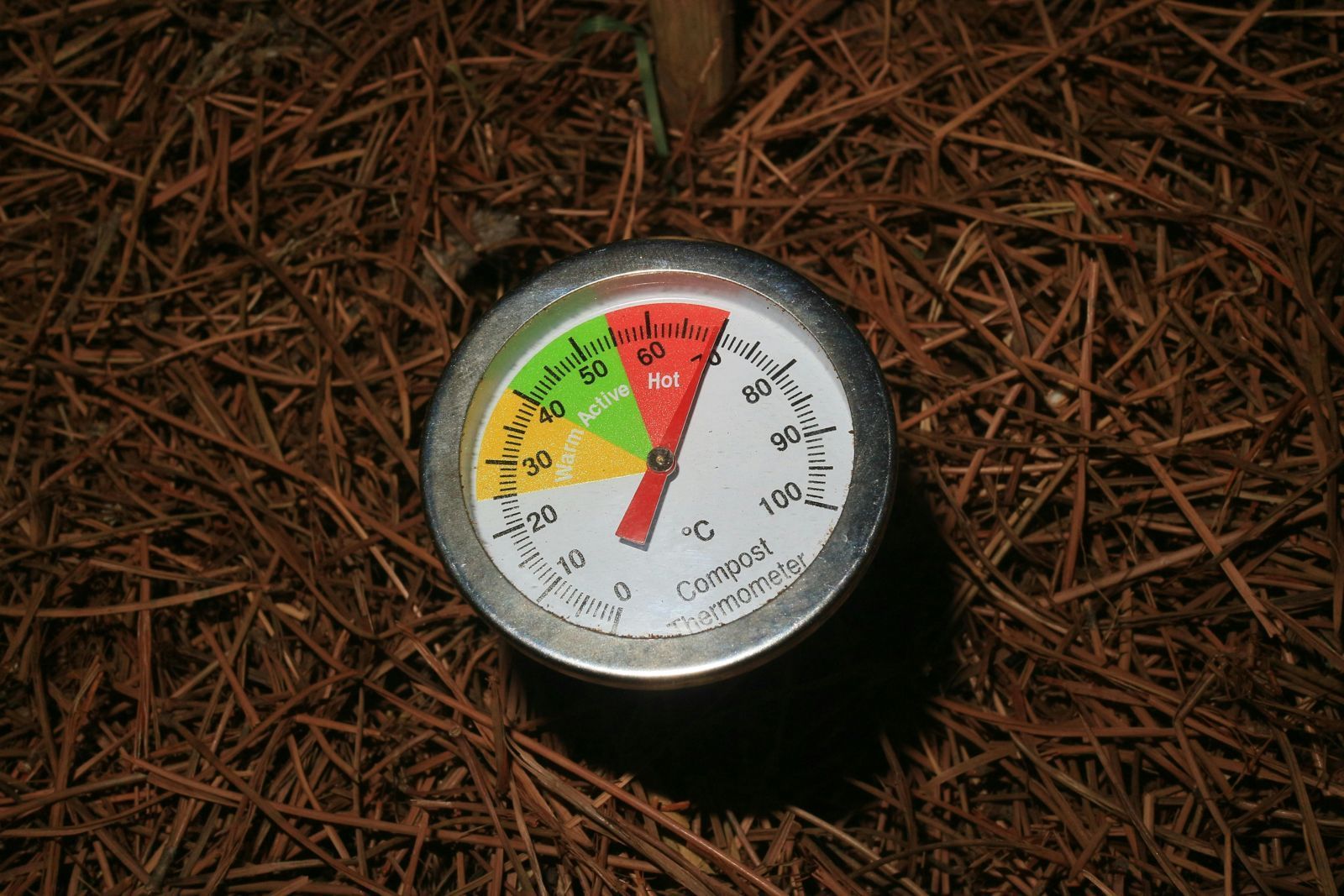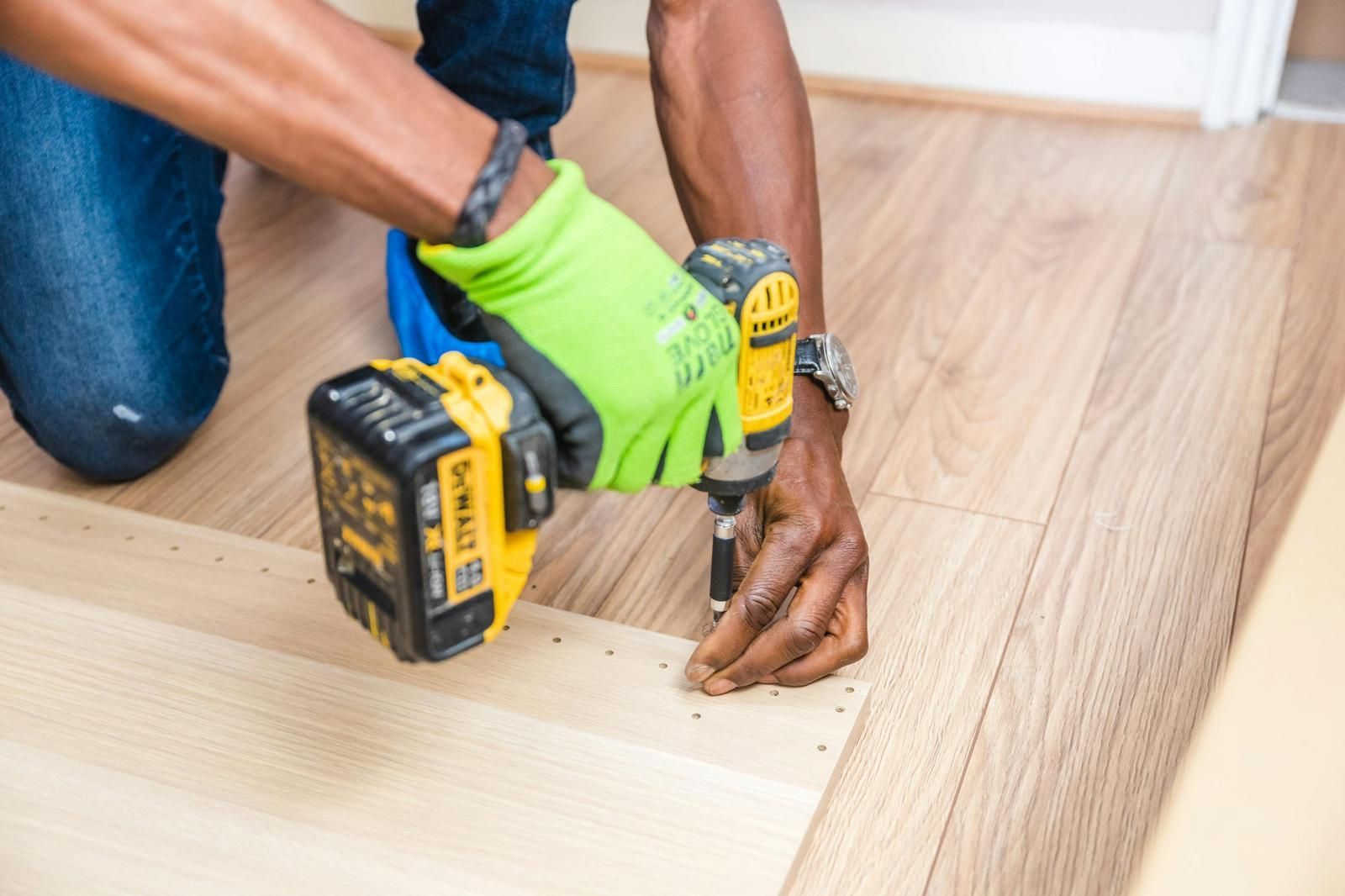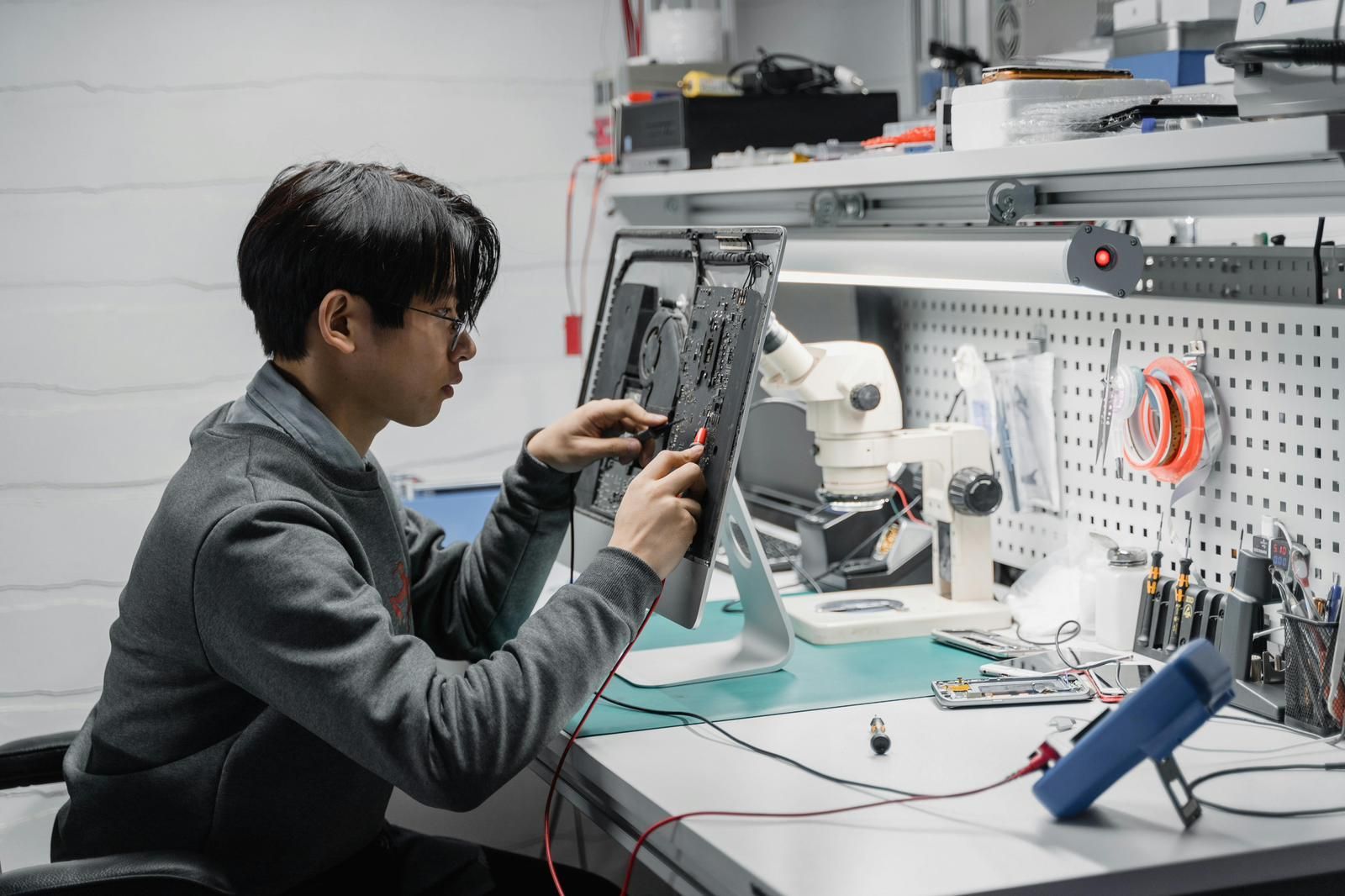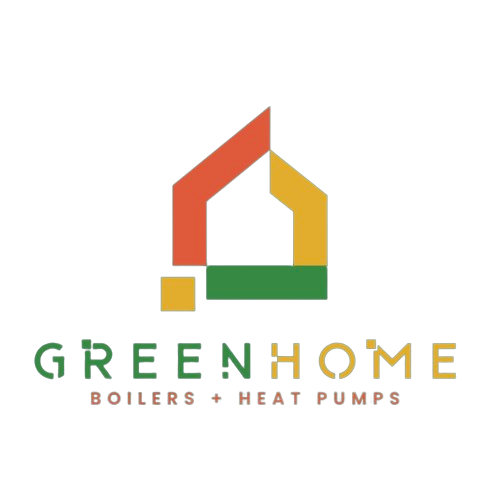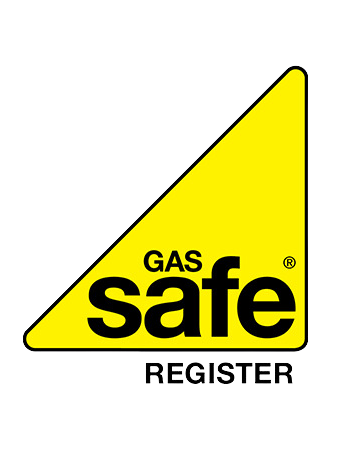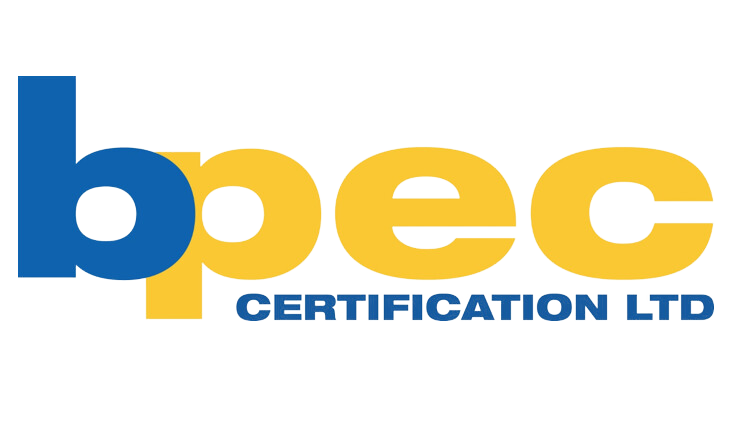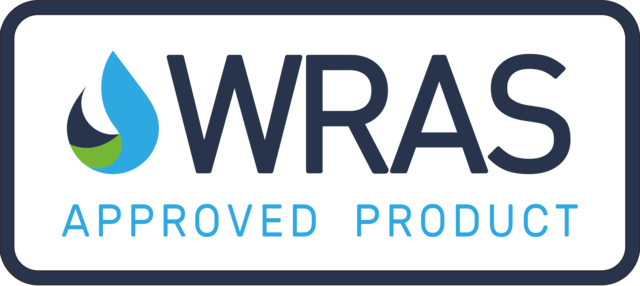Quick Fixes for Your Air Source Heat Pump: DIY Troubleshooting
Air source heat pumps are efficient heating and cooling systems that transfer heat between indoor and outdoor air. While they're generally reliable, occasional issues can arise. Troubleshooting common problems can save you time and money on unnecessary service calls.
Check Your Thermostat Settings
Before assuming your heat pump is malfunctioning, verify your thermostat settings. Ensure it's set to the correct mode (heating or cooling) and that the temperature is appropriately adjusted. Sometimes, a simple thermostat recalibration can resolve perceived issues with your system's performance.
Inspect and Clean Filters
Dirty or clogged filters are a frequent cause of heat pump problems. They can restrict airflow, reducing efficiency and potentially causing the system to shut down. Clean or replace your filters regularly according to the manufacturer's recommendations, typically every 1-3 months.
Clear Outdoor Unit Obstructions
Your heat pump's outdoor unit needs unobstructed airflow to function correctly. Check for and remove debris, leaves, or snow blocking the unit. Trim any nearby vegetation to maintain at least two feet of clearance around the unit.
Defrost Cycle Issues
During colder months, ice can accumulate on the outdoor unit. While your heat pump has a built-in defrost cycle, excessive ice buildup may indicate a problem. If you notice persistent icing, check that the defrost cycle works correctly and that there's proper drainage for melted ice.
Address Unusual Noises
Unusual sounds like grinding, squealing, or rattling often signal mechanical issues. These could be due to loose parts, motor problems, or debris in the system. If you hear strange noises, it's best to turn off the unit and consult a professional to prevent further damage.
Monitor Refrigerant Levels
Low refrigerant levels can cause your heat pump to work inefficiently or heat or cool properly. Signs of low refrigerant include ice on the outdoor unit's refrigerant lines or inadequate heating or cooling. A certified technician should always handle refrigerant issues.
Following these troubleshooting steps, you can often identify and resolve minor issues with your air source heat pump. However, if problems persist or you're unsure about any aspect of your system, it's always best to consult a qualified HVAC professional to ensure safe and efficient operation.
You might also like

